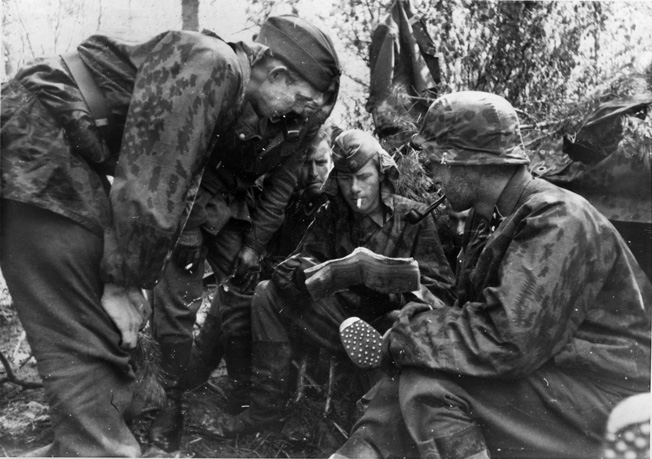Complete empty Russian blockade hand grenade still with all its black paintwork used by soldiers in the SS Totenkopf Division recovered outside old German SS dugout in the Demyansk Pocket near Leningrad in Russia,1942 battlefield
THIS ITEM IS FREE UK SHIPPING AND UK AND EUROPE SHIPPING ONLY
This is a complete Russian blockade hand grenade which is a converted mortar shell to be used as makeshift grenade by the Russian Army this one properly made in Leningrad its self the grenade this one has been captured and re used by the Germans.The grenade which is a complete case which is completely empty and inert this is the bakerite plugs at both ends type. The grenade steel case with a welded plug in one end which still retains most of original colour and most of its original black paintwork the case is only a bit pitted with no rust holes it is in very nice condition and is very solid not braking up or falling apart and a cracking condition relic that has been very well cleaned and is perfect for display or any collection. The grenade was recovered from inside old German SS dugout in the Demyansk Pocket in Russia the battle was from 8 February to 21 April 1942. A lovely piece of iconic battle history from the this most famous battle on the Eastern Front. The grenade comes with A5 laminated information card.
Russian WW2 "Blockade" Hand Grenade, in other words, 5cm mortar shell which had tail removed and was threaded to take an F-1 type grenade fuze. These are reffered to as Blocade grenades as many of them were manufactured during the siege of Leningrad. In fact these are economy grenades that initially Russo-Finish war in Finland.
The Demyansk Pocket in Russia was the name given to the pocket of German troops encircled by the Red Army around Demyansk (Demjansk), south of Leningrad, during the war on the Eastern Front. The pocket existed mainly from 8 February to 21 April 1942. A much smaller force was surrounded in the Kholm Pocket at the town of Kholm, about 100 km (62 mi) to the southwest. Both resulted from the German retreat following their defeat during the Battle of Moscow.German Forces trapped in the pocket were the 12th, 30th, 32nd, 123rd and 290th infantry divisions, and the SS Division Totenkopf, as well as RAD, Police, Organisation Todt and other auxiliary units, for a total of about 90,000 German troops and around 10,000 auxiliaries. Their commander was General der Infanterie Walter Graf von Brockdorff-Ahlefeldt, commander of the II Army Corps.
